Here’s Why AI Translation Won’t Replace Linguists Any Time Soon
CLEAR WORDS
TRANSLATIONS
All News
April 2, 2020 |
Here’s Why AI Translation Won’t Replace Linguists Any Time Soon
News about AI translation quality has many companies planning to cut down translation costs. You may have even analyzed the financial implications of substituting many of the human resources in your localization project with machine translation.
After all, software can deliver a human-like translation for a lot less–or even for free. But is everything as simple as it looks? And, more importantly, is it enough to meet your customers’ expectations and achieve compliance in international markets?
Let’s take a closer look at what AI translation is and how much you can rely on it during a localization project.
Who Leads the Way in AI Translation
It’s safe to say that we’re witnesses of a global race in machine-learning and machine translation. Tech giants like Microsoft and Google are investing significant resources in developing translation systems that can achieve the same accuracy in translation as humans.
For example, Google has recently revealed a new feature that enables software to record audio content and deliver a translated text version of it in real-time. The high-tech feature makes it possible for the program also to update the translation as it gets more context of what else is being said.
Microsoft, too, has been making significant progress in software development. Back in 2018, the company’s representatives were convinced of having reached a sort of human parity in automatic translation. DeepL, one of the most popular machine translation providers on the market, announced a breakthrough in AI translation quality as well.
There’s no doubt; lately, AI translation tools have proven to be unexpectedly accurate when rewriting content from one language to another. The benefits can’t be ignored. A machine works faster than any human translator and for a fraction of the cost. The result? Individuals and companies could now counter language barriers without the need for professional translators for an increasing segment of their content.
Why Companies Still Need Human Translators
Two years ago, chief executive of One Hour Translation Ofer Shoshan was telling Forbes that NMT translators (neural machine technology) could leave 21,000 translation agencies and over half a million translators without jobs.
Over the next few years, AI tools are expected to take over in international business translation. This concept often leads to the idea that linguists are no longer necessary in the process–which is a little too ambitious, at least for now.
Machines can deliver human-like translations, but they can’t guarantee 100 percent accuracy even if the software has learned to go beyond word-to-word translation. NMT translators can choose suitable words based on context, but they can’t identify nuances, such as tone of voice, or audience-specific elements of communication.
As smart as an AI tool can be, it’s hard for it to understand the meanings in human speech as people do. Moreover, software alone can’t adapt communication to every segment of your audience.
It can reach a certain level of autonomous thinking and recognize communication patterns in the original language. However, that doesn’t mean that the software will be capable of reproducing all nuances into a different language to ensure high-quality translation. Moreover, machine translation still can’t capture or reproduce idioms, humor, emotions, or specific terminology.
AI and the Cultural Aspects of Languages
As a marketer or business owner, you already know that when and how you communicate are vital to engagement. In other words, you can only communicate effectively with international customers when you’re aware of the cultural differences.
Brands that expand in international markets need to learn how every particular population passes on information. Then, they can integrate these local methods into their communication strategy.
Culture is an essential element in translation and localization projects, regardless of the industry your company operates in. From financial products to e-learning and healthcare, all industries rely on a significant cultural component. It’s the element that moves people, encourages communication, and builds brand loyalty in the long run.
Companies aiming to expand globally need to consider the cultural differences between nations, not just the language barrier. By ignoring cultural elements, organizations can’t communicate appropriately with business partners and potential customers. What may seem like a small issue can quickly become a disadvantage in competitive markets.
Software can translate your web content accurately, but it can’t also explain the cultural references or convince a specific audience to resonate with your message.
Also, it won’t integrate local keywords in the text naturally and won’t respect local norms of politeness. Overall, without cultural insights, translated content is flat and impersonal. So, it’s less likely to generate engagement and won’t help you achieve your business goals.
In this context, human translators remain a valuable partner for companies aiming to gain more business by building long-term customer relationships.
Human Translation Is Essential to Meet Compliance
In some fields, translators also play a significant role in ensuring compliance. Medical translators, for example, know the pharma and healthcare industries inside out. Besides language skills, they’re also aware of the developments in the field and the specific requirements that every local authority has in place to protect consumers.
A company operating in the pharma industry can’t rely on machine translation alone for sensitive documentation, such as clinical trials, case reports, or the Summary of the medicinal product of characteristics (SmPC).
The same is true for every industry. Contracts, product information, user manuals, disclaimers, privacy policies, there’s a long list of documents that require an expert’s eye before reaching the public.
AI translation can provide a valuable draft for such documents, but it can’t also integrate the elements required by local laws and regulations. You need a team of translators and local experts to make sure you meet compliance.
AI Translation Is Meant to Help Translators
All progress in AI translation is necessary to help translators work faster and deliver better results. They can also streamline communication between international teams when integrated into intranet software or group messaging apps.
However, AI translation shouldn’t become a company’s only resource when expanding outside national borders. You need a reliable partner that knows how to combine technology with human resources to ensure you get cost-effective translation solutions.










